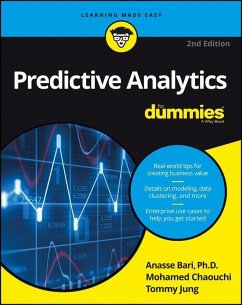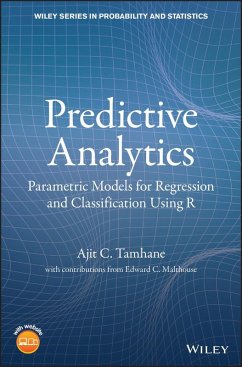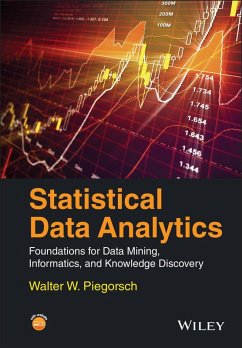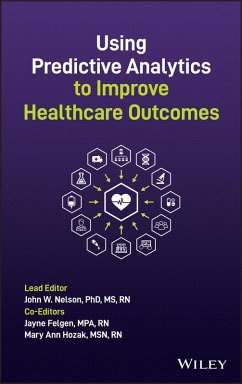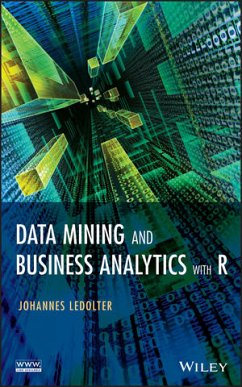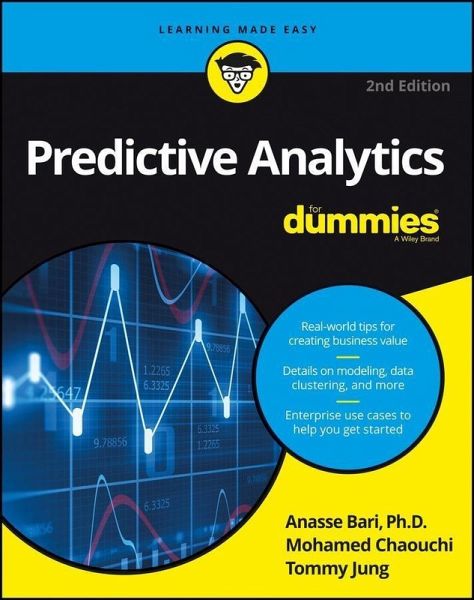
Predictive Analytics For Dummies (eBook, PDF)

PAYBACK Punkte
0 °P sammeln!
Use Big Data and technology to uncover real-world insights You don't need a time machine to predict the future. All it takes is a little knowledge and know-how, and Predictive Analytics For Dummies gets you there fast. With the help of this friendly guide, you'll discover the core of predictive analytics and get started putting it to use with readily available tools to collect and analyze data. In no time, you'll learn how to incorporate algorithms through data models, identify similarities and relationships in your data, and predict the future through data classification. Along the way, you'l...
Use Big Data and technology to uncover real-world insights You don't need a time machine to predict the future. All it takes is a little knowledge and know-how, and Predictive Analytics For Dummies gets you there fast. With the help of this friendly guide, you'll discover the core of predictive analytics and get started putting it to use with readily available tools to collect and analyze data. In no time, you'll learn how to incorporate algorithms through data models, identify similarities and relationships in your data, and predict the future through data classification. Along the way, you'll develop a roadmap by preparing your data, creating goals, processing your data, and building a predictive model that will get you stakeholder buy-in. Big Data has taken the marketplace by storm, and companies are seeking qualified talent to quickly fill positions to analyze the massive amount of data that are being collected each day. If you want to get in on the action and either learn or deepen your understanding of how to use predictive analytics to find real relationships between what you know and what you want to know, everything you need is a page away! * Offers common use cases to help you get started * Covers details on modeling, k-means clustering, and more * Includes information on structuring your data * Provides tips on outlining business goals and approaches The future starts today with the help of Predictive Analytics For Dummies.
Dieser Download kann aus rechtlichen Gründen nur mit Rechnungsadresse in A, B, BG, CY, CZ, D, DK, EW, E, FIN, F, GR, HR, H, IRL, I, LT, L, LR, M, NL, PL, P, R, S, SLO, SK ausgeliefert werden.





